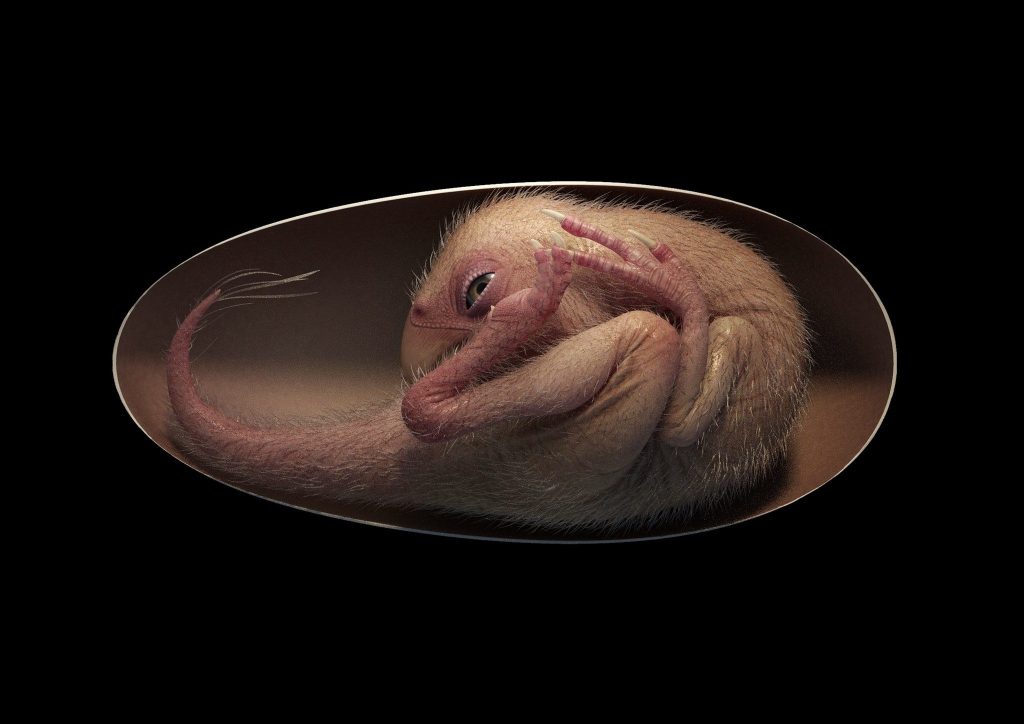
Recently, a team of researchers in China discovered a fossilized egg that included a perfectly preserved dinosaur embryo inside,the finding further highlighting the direct lineage between dinosaurs and the modern birds of today.
According to research, the baby dinosaur egg is estimated to be around 70 million years old and appears to have belonged to an oviraptorid— a toothless omnivore that existed during the Cretaceous Period.
The baby dinosaur that has since been nicknamed “Baby Yingliang” was said to have been close to hatching, measuring out to be 11 inches long from head to tail and in a tucked position inside its egg.
When asked about the importance of this embryo discovery, Darla Zelenitsky, associate professor of geoscience at the University of Calgary in Canada stated:
“Up until now, little has been known of what was going on inside a dinosaur’s egg prior to hatching, as there are so few embryonic skeletons, particularly those that are complete and preserved in a life pose.”

Zelenitsky, who has been working on dinosaur eggs for 25 years, said ’d never seen anything like the oviraptorid egg, discussing how it’s unusual posture has helped to connect the dots between dinosaurs and birds.
“Birds were thought to have a unique posture within the egg before hatching. It’s evident from this fossil that some of these postures seem to have first evolved in their dinosaur ancestors.[…] The chances of finding a dinosaur embryo like this, curled in a life position … It’s complete from the tip of the snout all the way to the end of the tail.”
“I couldn’t believe my eyes,” Zelenitsky remarked.
In a study publid Tuesday in the science journal iScience, researchers commented on how this discovery directly links theropods—dinosaurs that moved on two legs, with modern-day birds, and what this will mean for the field moving forward.
“We propose that such pre-hatching behavior, previously considered unique to birds, may have originated among non-avian theropods, which can be further investigated with additional discoveries of embryo fossils.”


